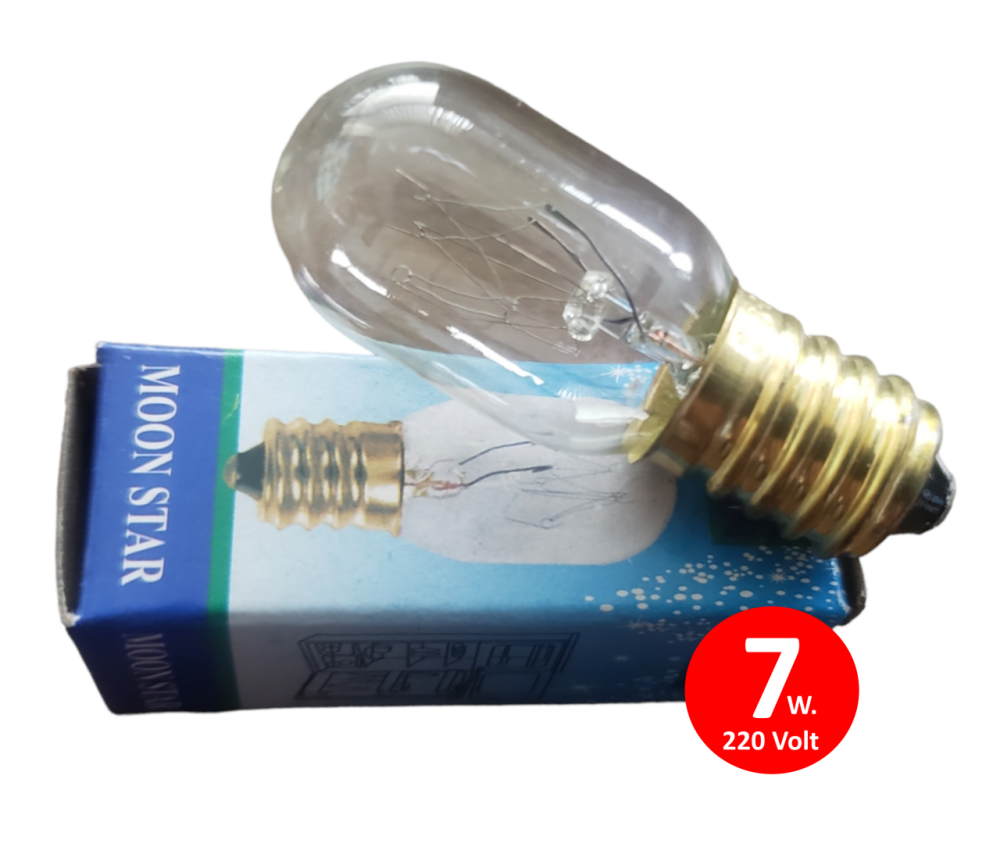We use cookies to make your experience better.
7 Watt "warm white" lamp suitable for salt/selenite and gemstone lamps and especially for night lamps.
The most suitable and, above all, the most "cosy" warm white, in which the lamps come into their own. Due to the small shape, these lamps are especially suitable for the bedside lamps of Zout. But certainly also usable in all other lamps!
2500K
Base: E14
Voltage: 220 Volts
Availability:
In stock
SKU
120400
- Buy 25 for €1.45 each and save 22%
An incandescent lamp is a light source in which a filament in a low-oxygen glass bulb is heated by an electric current from a voltage source so that it emits light. The filament consists of the transition metal tungsten, which has a very high melting temperature. Initially, carbon (derived from bamboo, silk or cellulose) or other metals such as platinum or osmium were used for the filament. Partly due to its high temperature resistance, tungsten proved to be the best solution. Lamps with a carbon filament (the so-called carbon filament lamps) are still produced on a modest scale for decorative purposes, but have a very poor efficiency. Philips stopped its last carbon filament lamp machine in Weert in 2007. The electrical resistance of the filament depends on its thickness, length and type of material. This resistance is chosen in such a way that the best ratio is achieved between light output and lifespan at the recommended operating voltage. The electrical resistance of the tungsten filament is 15x lower when cold than when hot. Switching on an incandescent lamp is therefore accompanied by a short-term current peak, causing the filament to endure a mechanical vibration due to the magnetic induction. Therefore, the life of many light bulbs ends precisely at the moment of switching on. The filament is protected against burning by a glass bulb in which no or very little oxygen is present. If oxygen from the air is allowed to reach the filament through damage to the balloon, it will burn within a second of being switched on. The first light bulbs were vacuum-made, but in the early twentieth century it was discovered that lamps filled with argon give a brighter light and also last longer. Nevertheless, it took many decades for argon lamps to replace vacuum lamps. Compared to gas-filled lamps, vacuum lamps have a larger diameter bulb and thicker glass. The glass of a gas-filled lamp has a thickness of a few tenths of a millimeter. Even in a light bulb with an undamaged bulb, the material of the filament evaporates very gradually due to the heating and deposits on the inside of the glass bulb, which darkens as a result. Filling the balloon with gas reduces this process. The presence of traces of water vapor accelerates the process.
| Country of Manufacture | China |
|---|











